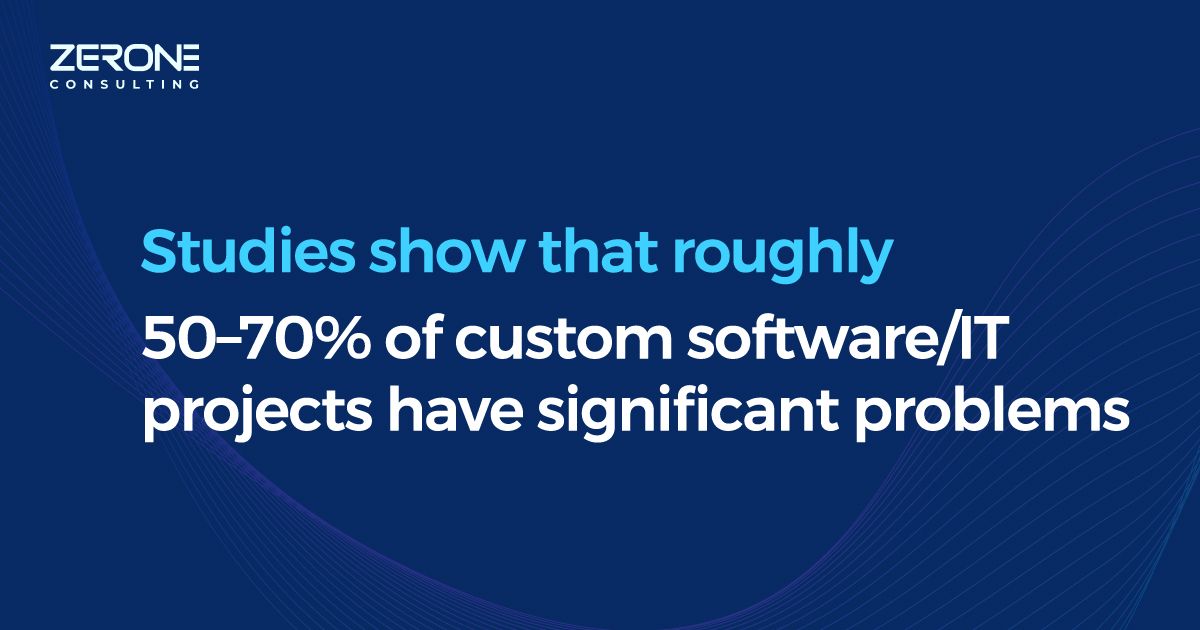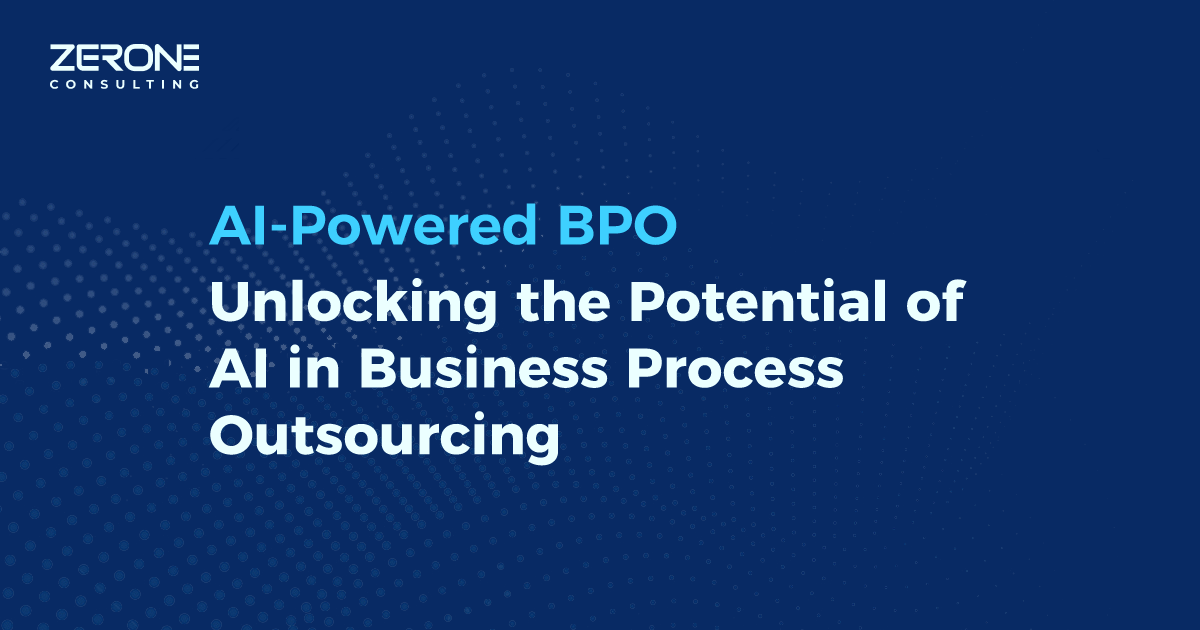One Functional Prototype is Better Than a Thousand Wireframes

One image is better than a thousand words; it’s a common proverb, which means an image can convey something better than a thousand words. But in software development, we can say, one functional prototype is better than a thousand wireframes.

If we analyze the reasons for failure, apart from time and cost, the major reason is failure to meet the scope and business goals. Why does this happen? Is it because of technical challenges? Only 20–40% of projects fail due to technical reasons; the remaining 60–80% of projects fail because they do not meet the scope. Why do applications fail to meet the scope? Is it because the system study, requirement analysis, end-user interviews, etc., are not done properly? “No, it is not.”
For a business analyst, it is very easy to imagine how the system would look and function during a detailed system study, but we cannot expect the same from an end customer. They will only have expectations of what the system will produce as an output. As we say, “Lost in Translation,” many times the actual requirement may get lost. This may be due to many reasons—communication gaps caused by customers with different backgrounds, assumptions, language barriers, evolving business needs, or sometimes because customers may not know exactly what they need—changing needs, hidden or implicit needs.
All these affect the final product. Even if you follow an agile software development methodology where you work on an iterative model, you will still hit a point where the customer complains, saying, “This is not how I visualized it” or “This needs to work in another way.” There is always a solution by changing the feature/functionality/screens to suit the new requirement, but what about the expenses? Either the customer needs to bear them or the software development company.
What if the customer is able to see what the product will look like after it is developed, during the requirement analysis phase itself? There come the functional prototypes. Before AI tools were introduced for this, it took weeks or months for business analysts, project managers, and a team of UI/UX developers to create them.
There are many AI-based tools currently available in the market that can be used for this purpose, but there are limitations as well. Some of the tools, such as Bolt, can be used to develop the front end of an application using simple AI prompts. However, if the application is complex, there is a high chance of errors and broken links. But if it is a small and straightforward application, Bolt is a suitable one.
JustInMind is a tool specifically for prototyping, but it does not support AI prompts; rather, you need to use traditional drag-and-drop methods to develop the prototypes.
One tool that stands out in this category is Claude, which supports AI prompts and generates excellent front-end interactive screens that can be shown to customers to confirm their requirements. For an experienced business analyst or project manager who is part of the requirement analysis and has a good understanding of customer requirements, it is possible to create up to 25 functional prototype screens in a day. This helps quickly show the customer how the system will look even before creating an estimate for the project. It helps the customer to get a very good understanding of how the actual application will not only look but also behave or function. The customer can provide suggestions or changes at this stage itself, and the BA/PM can quickly make those changes in the functional prototype and show them. This method helps to estimate the cost and time for developing the application more precisely.
The functional prototype allows both the BA/PM and the customer to come to an agreement on the exact requirements to be developed, with all screens and data to be displayed on the screen, etc. With the help of AI tools, this can now be done in a much faster and more productive way.
References
We can help!
Mercedes Benz Engine In A Second Hand 15-year-old Economic Car
#Artificialintelligence
Unlocking The Potential Of Ai In Business Process Outsourcing
#Artificialintelligence
Gold Standard Data: Driving Accuracy In Domain-specific Medical Ai
#Artificialintelligence




